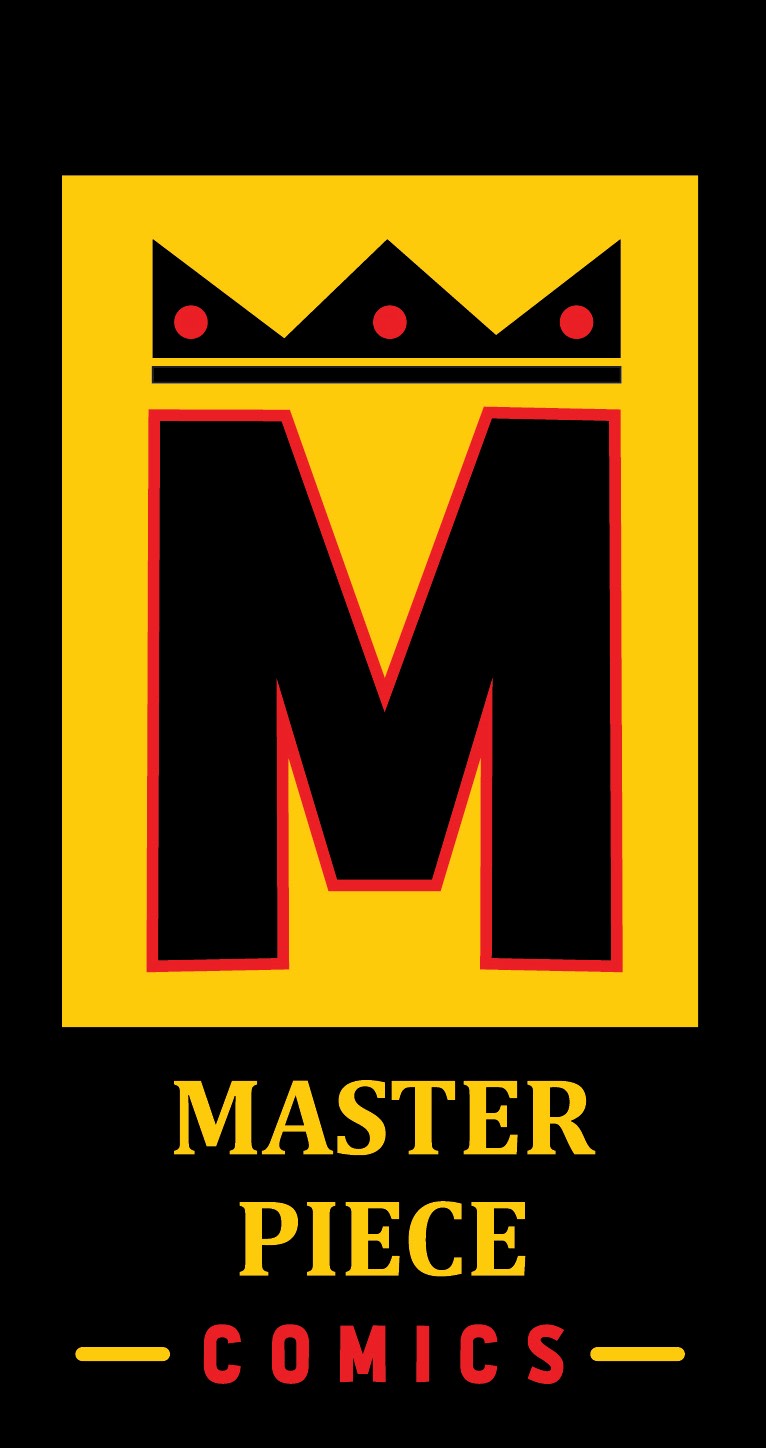Exploring Timeless Character Archetypes in Storytelling

Posted on January 2nd, 2024.
Character archetypes are the backbone of storytelling, offering a foundation upon which writers can craft compelling narratives. These archetypal characters resonate with audiences across cultures and generations.
In this blog post, we'll delve deep into the world of character archetypes, exploring their significance and how they enrich storytelling.
6 Timeless Character Archetypes in Storytelling
The Heroic Archetype
The hero is the quintessential archetype, the embodiment of courage, and the willingness to face adversity head-on. Think of iconic heroes like Harry Potter or Frodo Baggins. They inspire us to overcome our own challenges and become the best versions of ourselves.
Heroes possess qualities like bravery, determination, and selflessness. They embark on epic quests, battling inner and outer demons, and ultimately, they triumph, leaving a lasting impact on the audience.
The Villainous Archetype
Every hero needs an adversary, and the villain fills that role perfectly. Archetypal villains are cunning, ruthless, and driven by their own agendas. Think of the Joker from Batman or Lord Voldemort from Harry Potter.
Villains create conflict, tension, and drama in a story. Their malevolent actions challenge the hero and force them to grow. Without a compelling villain, a story may fall flat, lacking the depth and excitement that a worthy antagonist provides.
The Mentor Archetype
Mentors are wise and experienced characters who guide and teach the hero. They provide valuable insights, training, and advice, helping the protagonist on their journey. Obi-Wan Kenobi from Star Wars and Gandalf from The Lord of the Rings are classic mentor archetypes.
Mentors represent wisdom and often serve as a moral compass for the hero. Their presence adds depth to the hero's character development and enhances the overall storytelling experience.
The Sidekick Archetype
Sidekicks are loyal companions who stand by the hero's side, offering support, comic relief, and friendship. Characters like Ron Weasley from Harry Potter or Samwise Gamgee from The Lord of the Rings are beloved sidekicks.
Sidekicks bring balance to the story by providing moments of humor and emotional connection. They highlight the hero's strengths and weaknesses, creating a dynamic that resonates with audiences.
The Innocent Archetype
Innocent characters are pure of heart, often representing goodness and hope. They see the world with untainted eyes and inspire others with their optimism. Classic examples include characters like Cinderella and Forrest Gump.
Innocents serve as a reminder of the beauty in the world and the potential for positive change. Their unwavering belief in goodness can uplift the entire narrative, offering a counterbalance to darker elements.
The Antihero Archetype
Antiheroes are complex characters who don't conform to traditional hero standards. They often possess morally ambiguous traits, making them more relatable and human. Think of characters like Walter White from Breaking Bad or Deadpool.
Antiheroes challenge our preconceived notions of right and wrong, forcing us to question our own morality. They add depth and nuance to storytelling by exploring the shades of gray in the human experience.
Conclusion
Character archetypes are the timeless building blocks of storytelling. They provide a framework for writers to create rich and engaging narratives that resonate with audiences. Whether it's the hero's journey, the battle against a formidable villain, or the guidance of a wise mentor, archetypal characters enrich our storytelling experience.
At Masterpiece Comics, we celebrate the power of character archetypes in the world of comic books. Our vast collection features a diverse range of characters, each embodying different archetypes to captivate and inspire readers. If you're passionate about exploring the world of character archetypes or looking for captivating comics to dive into, reach out to us at 800-316-7456 or email us at [email protected].
Uncover the magic of character archetypes in storytelling with Masterpiece Comics today!
